These 5 U.S. advanced reactors could be operational within the next 14 years.
March 17, 2021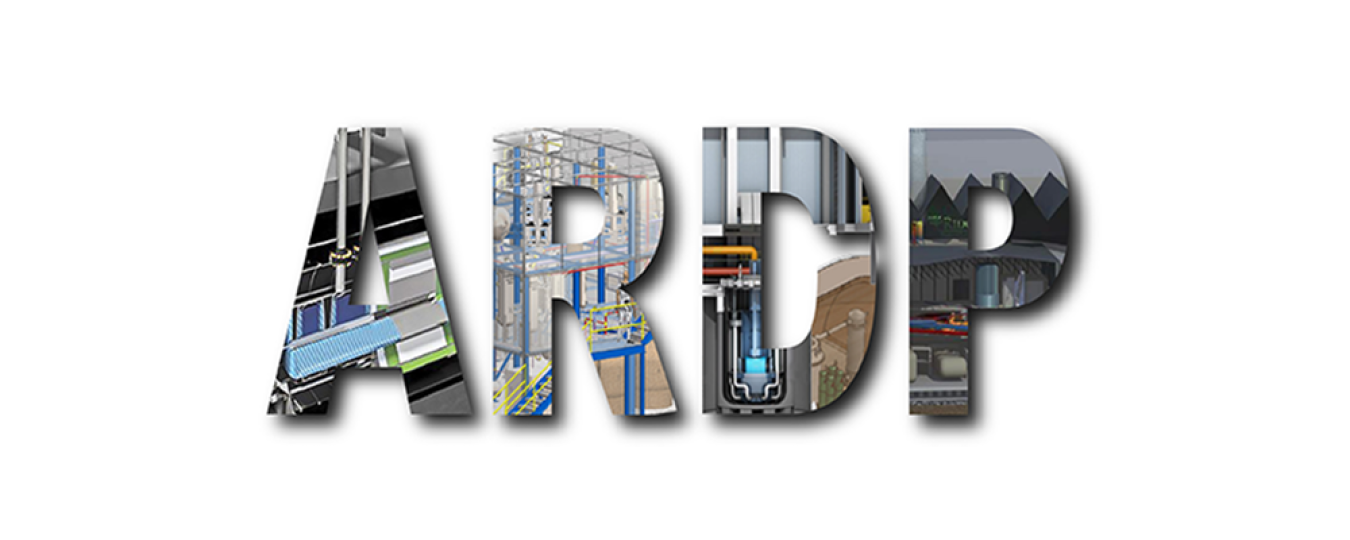
The U.S. Department of Energy's Advanced Reactor Demonstration Program, commonly referred to as ARDP, is designed to help our domestic nuclear industry demonstrate their advanced reactor designs on accelerated timelines. This will ultimately help us build a competitive portfolio of new U.S. reactors that offer significant improvements over today’s technology.
The advanced reactors selected for risk-reduction awards are an excellent representation of the diverse designs currently under development in the United States. They range from advanced light-water-cooled small modular reactors to new designs that use molten salts and high-temperature gases to flexibly operate at even higher temperatures and lower pressures.
All of them have the potential to compete globally once deployed and will offer consumers more access to a reliable, clean power source that can be depended on in the near-future to flexibly generate electricity, drive industrial processes and even provide potable drinking water to communities in water-scarce locations.
Demonstrating Advanced Reactors
Two ARDP demonstration projects are currently moving forward as TerraPower and X-energy aggressively work with their teams to plan for and ultimately deliver operational reactors within the next seven years. And, although these designs may be further along in the technology development process at this time, we recognize that other domestic vendors need additional financial, technical, and regulatory support to mature their designs.
Many companies don’t have access to the infrastructure, facilities and computer models needed to gather the data that’s required to prove to the U.S. Nuclear Regulatory Commission (NRC) that these reactors work as designed.
To help lower this technology development risk, we awarded $30 million to five U.S. teams to address the technical, operational and licensing challenges that they currently face. The goal is to improve technology readiness and prepare them for future demonstration, and eventual deployment.
Here’s a quick look at five U.S. designs that could be operational within the next 14 years.
BWXT Advanced Nuclear Reactor
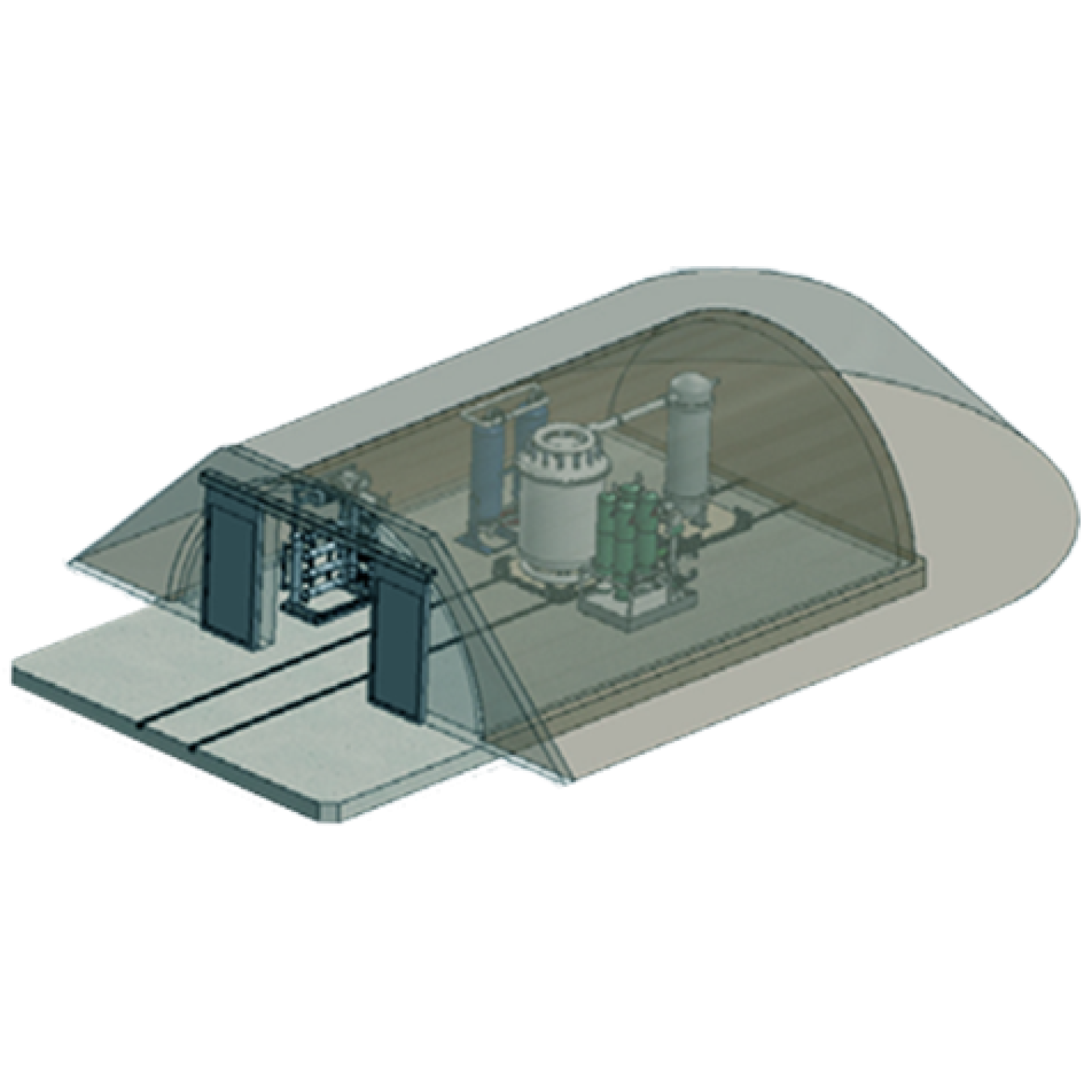
Design concept of BWXT Advanced Nuclear Reactor.
BWX Technologies is developing a transportable microreactor that can thrive in off-grid applications and remote areas to produce 50 megawatts of thermal energy for deployment in the early 2030s. The high-temperature gas reactor uses a different form of DOE’s TRISO fuel that contains a uranium nitride fuel kernel for higher performance. The team will work with Idaho National Laboratory (INL) and Oak Ridge National Laboratory (ORNL) to test and qualify the fuel. They will also focus on optimizing new manufacturing technologies that could help cut the cost of microreactors in half and develop capabilities that could benefit other advanced reactor designs in the process.
eVinciTM Microreactor
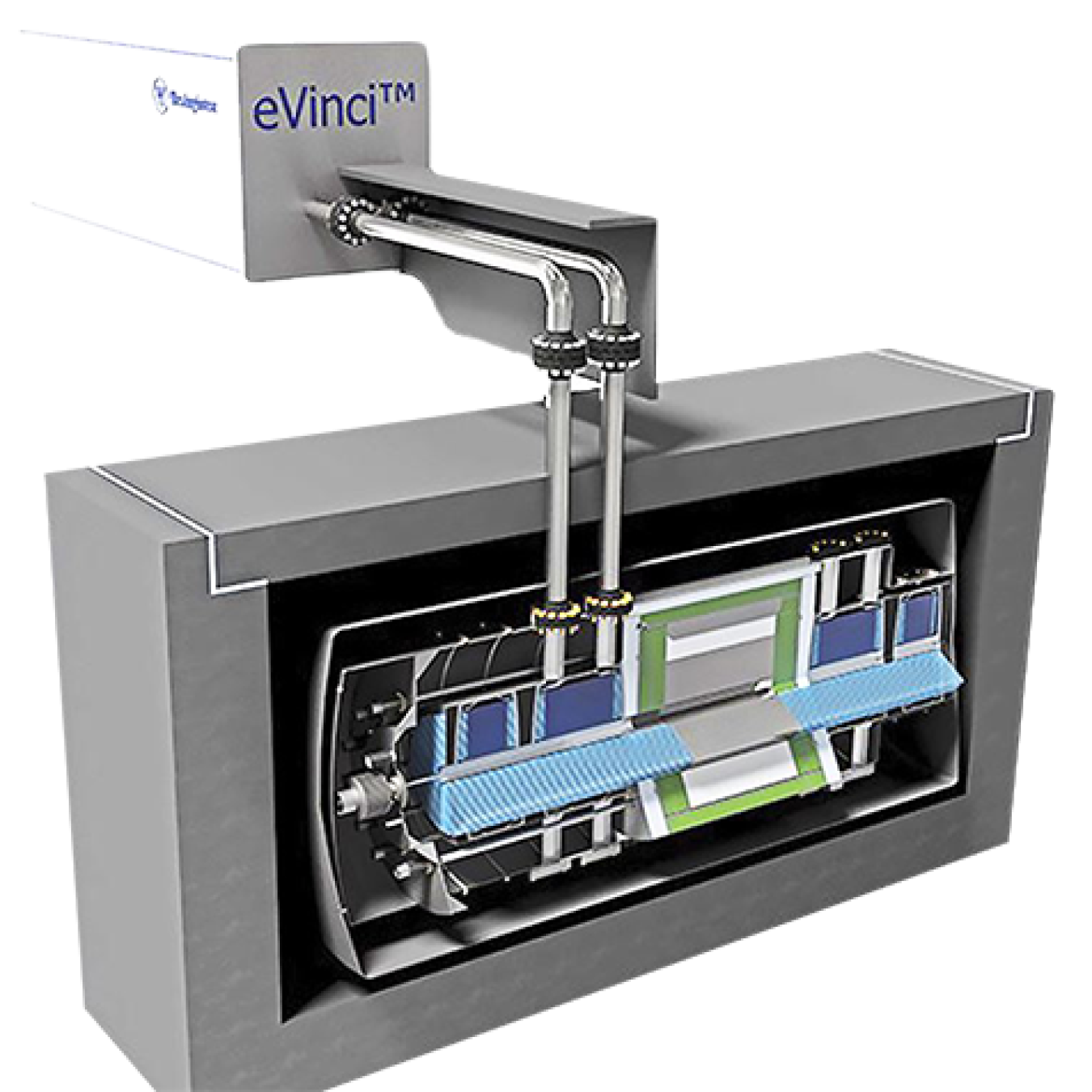
Design concept of Westinghouse eVinci microreactor.
Westinghouse Electric Company is also pursuing a transportable microreactor that can be installed on-site in less than 30 days. The 15 megawatt thermal reactor utilizes TRISO fuel and a specialized heat pipe design to flexibly operate on a grid or in remote locations. The company will work with Los Alamos National Laboratory, INL, and Texas A&M University to test and manufacture components for its heat pipe and moderator in order to develop a small demonstration unit. This short term, two-year project supports a larger effort by Westinghouse to demonstrate a prototype reactor by 2024, with full commercial deployment targeted for the mid-to-late 2020s.
Hermes Low-Power Demonstration Reactor
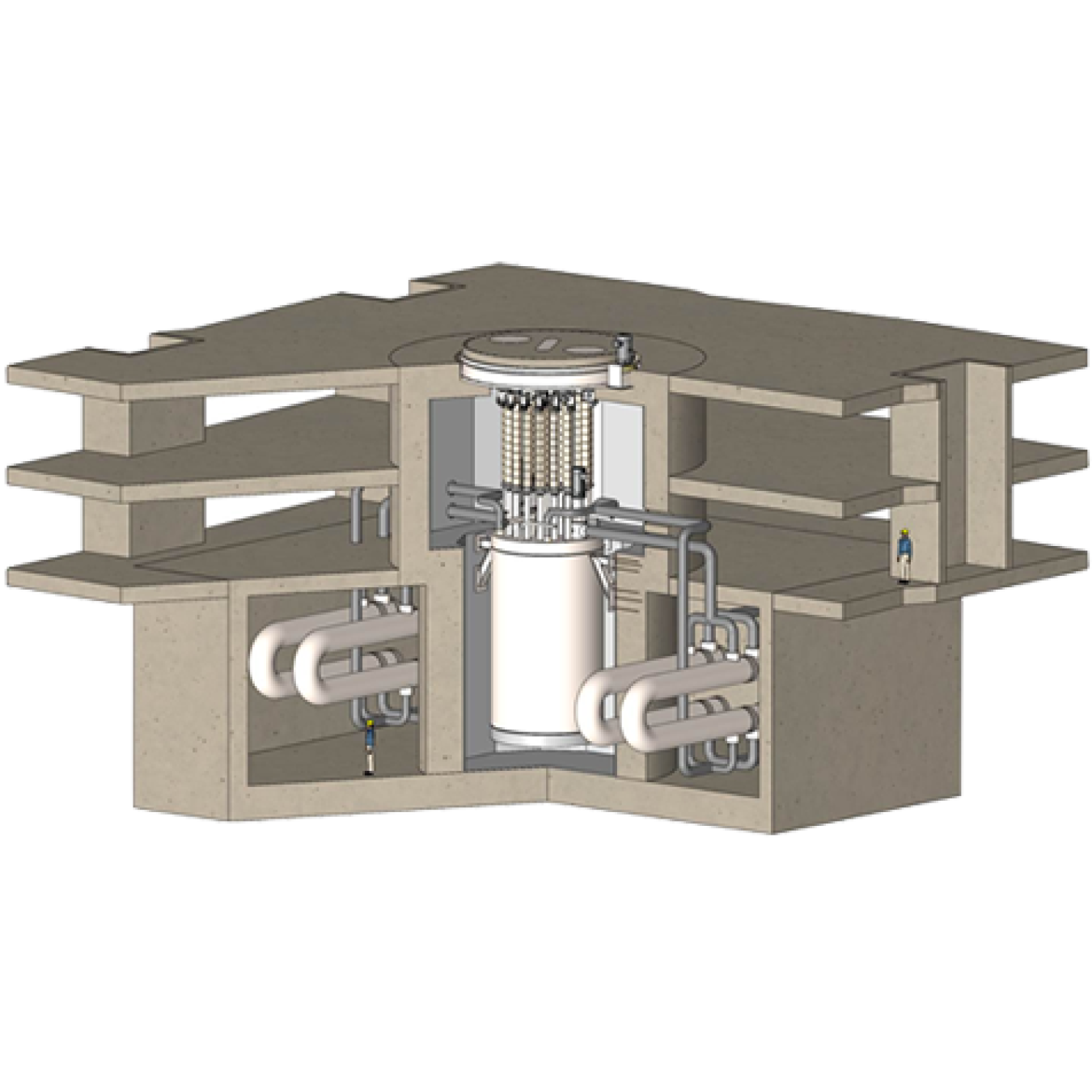
Design concept of Kairos Power fluoride salt-cooled high-temperature reactor.
Kairos Power will work with ORNL, INL, the Electric Power Research Institute (EPRI) and the Materion Corp. to deploy Hermes, a low-power demonstration reactor in Oak Ridge, TN. Hermes is a key milestone in the company's rapid iterative development pathway to prove its fluoride salt-cooled high temperature reactor can ultimately deliver low-cost nuclear heat. The reactor will use a TRISO fuel pebble bed design with a molten fluoride salt coolant and will achieve a thermal power level of 35 MWth. Hermes will be the predecessor to Kairos Power's future 140 MWe commercial reactor and could be operational by 2026.
Holtec SMR-160 Reactor
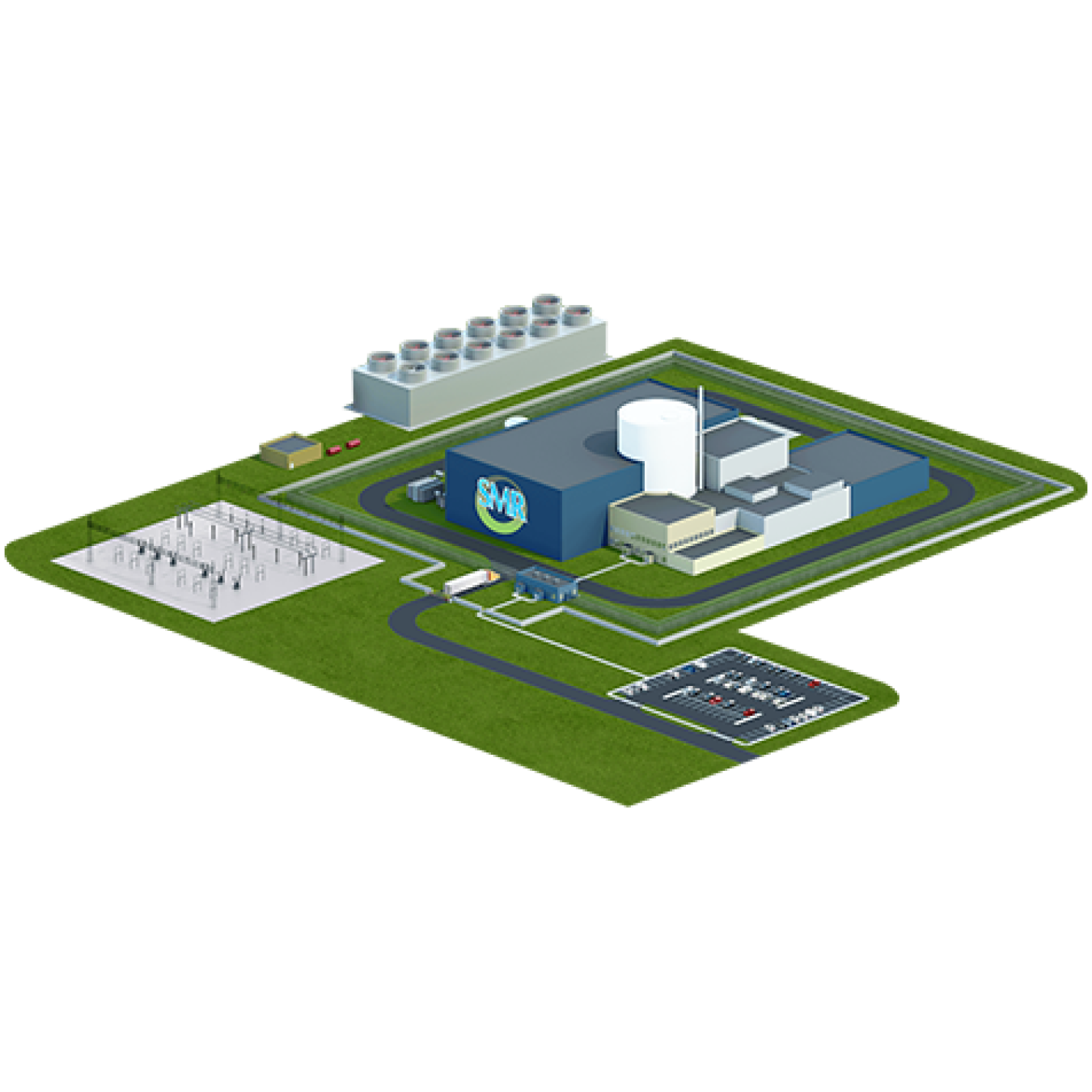
Design concept of Holtec SMR-160 nuclear power plant.
Holtec is partnering with Kiewit Power Constructors, Framatome, Mitsubishi Electric Power Products, Western Services Corporation and INL to complete the early-stage research and power plant development work needed to demonstrate its advanced light-water small modular reactor. The 160 megawatt electric design can be adapted to use air-cooled condensers on its secondary side, allowing it to be deployed in the most arid regions of the world. Holtec has excellent manufacturing capabilities and can fabricate the majority of the components right here in the United States. They plan to demonstrate the reactor at the Oyster Creek site in New Jersey, following the decommissioning of that nuclear power plant.
Molten Chloride Reactor Experiment
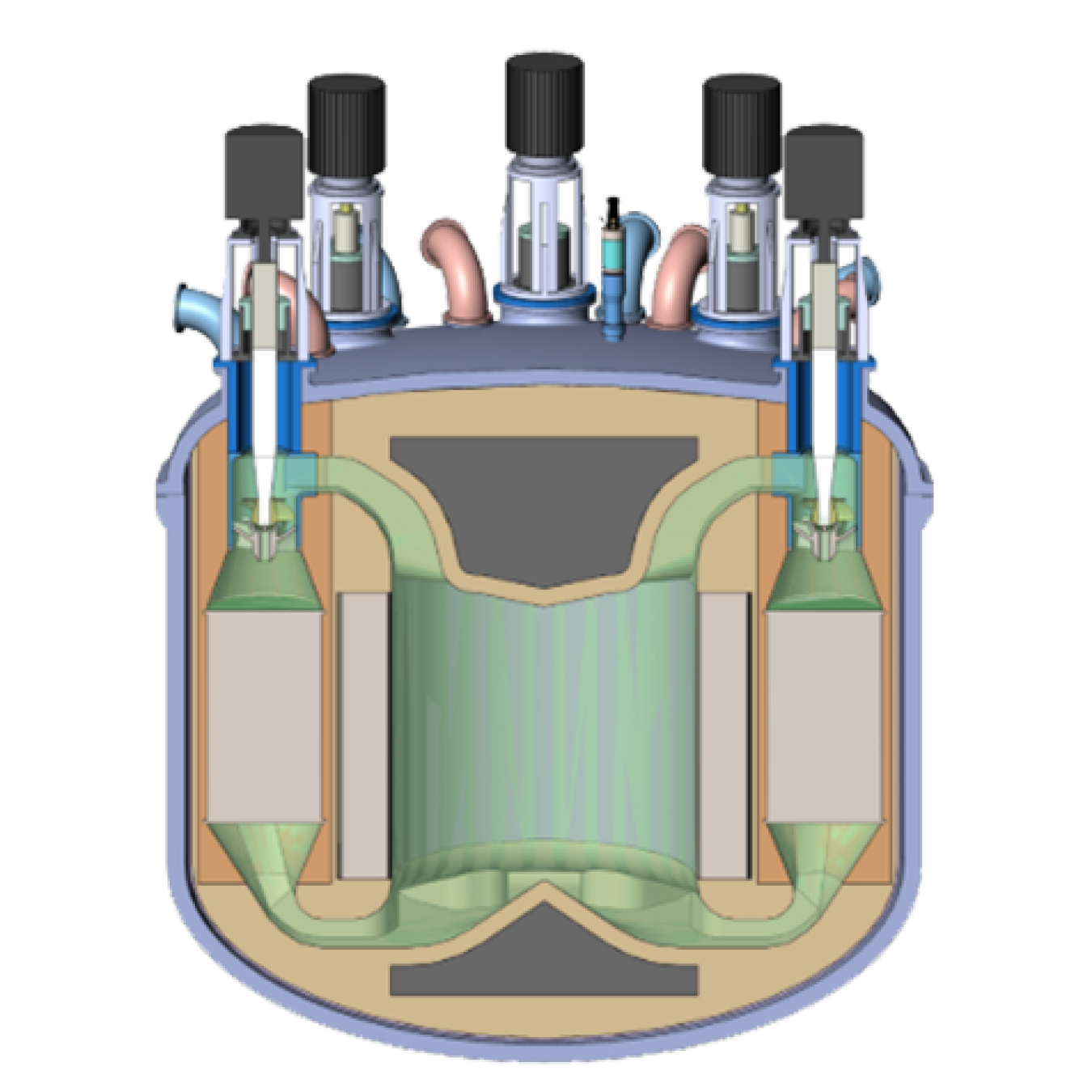
Design concept of TerraPower molten chloride fast reactor technology.
Southern Company is looking to build and operate a small reactor experiment based on TerraPower’s molten chloride fast reactor (MCFR) technology. The MCFR can be scaled up for commercial use on the grid and could flexibly operate on multiple fuels, including used nuclear fuel from other reactors. Southern Company will work with TerraPower, CORE-POWER, Orano and EPRI, in addition to other private companies, labs and universities, to build the world’s first fast-spectrum salt reactor. MCFR technology transfers heat with incredible efficiency and can be utilized for thermal storage, process heat or electricity production. The molten chloride reactor experiment will inform the design, license and operation of a demonstration reactor and is expected to be operational within the next five years.
Developing New Concepts
ARDP plans to leverage the National Reactor Innovation Center at INL to efficiently test and assess these technologies by providing access to the world-renowned capabilities of our national laboratory system.
In addition to these five designs, we also awarded $20 million on less mature, but novel advanced reactor designs later this month. The funding will further support their concept development in order to demonstrate these promising reactors by the mid-2030s.
These aggressive timelines are needed to ensure the United States takes advantage of the advanced reactor market that’s expected to be worth billions of dollars. That’s why we plan to invest more than $600 million in these projects over the next seven years, pending the availability of future appropriations by Congress.
Advanced reactors have the potential to create thousands of domestic jobs, grow our economy and lower emissions at the same time. By proactively pursuing a diverse portfolio of U.S. reactors, we can help reestablish our global leadership in the technology that we first developed.
We believe the United States has the best innovators and technology in the world to solve our most pressing environmental and energy challenges. We’re optimistic and excited to see what these life-changing reactors can do in the very near future with support from our new program.
Learn more about our ARDP program.
Follow Us
Alice Caponiti

Alice Caponiti serves as the Deputy Assistant Secretary for Strategic Crosscuts in the Office of Nuclear Energy. She leads a diverse portfolio of research, development and demonstration programs focused on the technical and economic sustainability of the existing U.S. fleet of commercial reactors and the development and deployment of innovative advanced reactors, including small modular reactors and microreactors. Ms. Caponiti is managing a new cost-shared program with industry to demonstrate multiple advanced reactor designs that offer improved safety, functionality and affordability, leading to expanded market opportunities for clean energy. Her office also sustains the nuclear talent pipeline through competitive university R&D and infrastructure investment programs. Ms. Caponiti serves as chair of the Generation IV International Forum Policy Group that advises on research and development needed to establish the feasibility and performance capabilities of the next-generation nuclear energy systems.
Ms. Caponiti previously led efforts to design, build, test, and deliver safe and reliable nuclear power systems for space exploration and national security applications and conduct detailed safety analyses for each mission. She served as the technical advisor to the Department of State and a United Nations working group on space nuclear power sources, as well as a risk communications spokesperson for the New Horizons mission to Pluto and the Mars Science Laboratory mission that delivered the Curiosity rover to the surface of Mars. Prior to joining the Office of Nuclear Energy in 2001, she worked on a nonproliferation program to reduce stockpiles of excess Russian weapons plutonium.
Ms. Caponiti has a bachelor’s degree in civil engineering from the University of Maryland and master degrees in nuclear engineering and the Technology and Policy Program from the Massachusetts Institute of Technology.
alice.caponiti@nuclear.energy.gov
301-903-6062 (office)
240-751-6774 (mobile)


